Blepharoplasty | Eyelid Surgery
December - Super Special
No Hidden Cost
37 years experience in Eyelid Surgery
Blepharoplasty | Eyelid Surgery
December - Super Special
No Hidden Cost
37 years experience in Eyelid Surgery
Blepharoplasty | Eyelid Surgery
December - Super Special
No Hidden Cost
37 years experience in Eyelid Surgery
Blepharoplasty | Eyelid Surgery
December - Super Special
No Hidden Cost
37 years experience in Eyelid Surgery
Blepharoplasty | Eyelid Surgery
December - Super Special
No Hidden Cost
specialized: Eyelid Surgery | Blepharoplasty
Your Custom Eye Surgery : A Younger Looking You
Rejuvenate Your Facial Appearance
A combination of wrinkles, sagging skin, frown lines, and excess fat around the eyes can limit your natural facial expressions. Even if you feel energetic and refreshed, these changes might convey a sense of fatigue or dissatisfaction. However, you can enhance your appearance and regain confidence through an eyelid lift, also known as blepharoplasty. This procedure focuses on the eye area, reducing signs of aging to create a more youthful, rejuvenated look
- Remove excess skin and fat from the upper and/or lower lids.
- Tighten the eyelid skin and muscles.
- Improve to the appearance of undereye puffiness.
- Smooth wrinkles around the eyelids.
- Redistribute displaced fat.
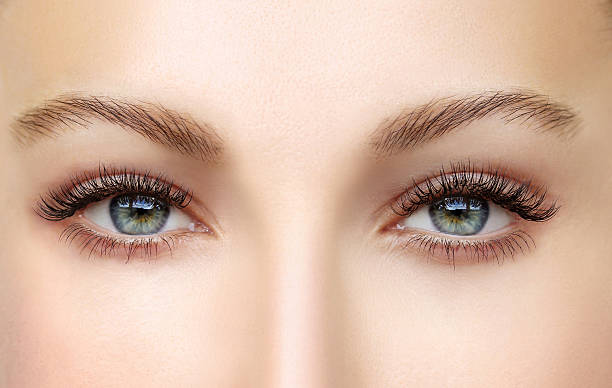
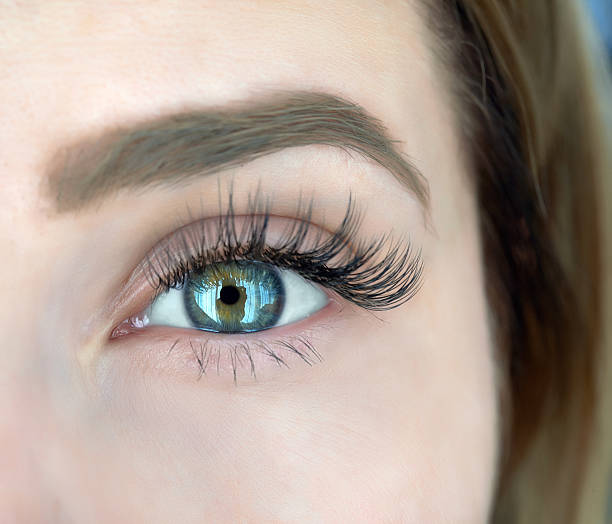
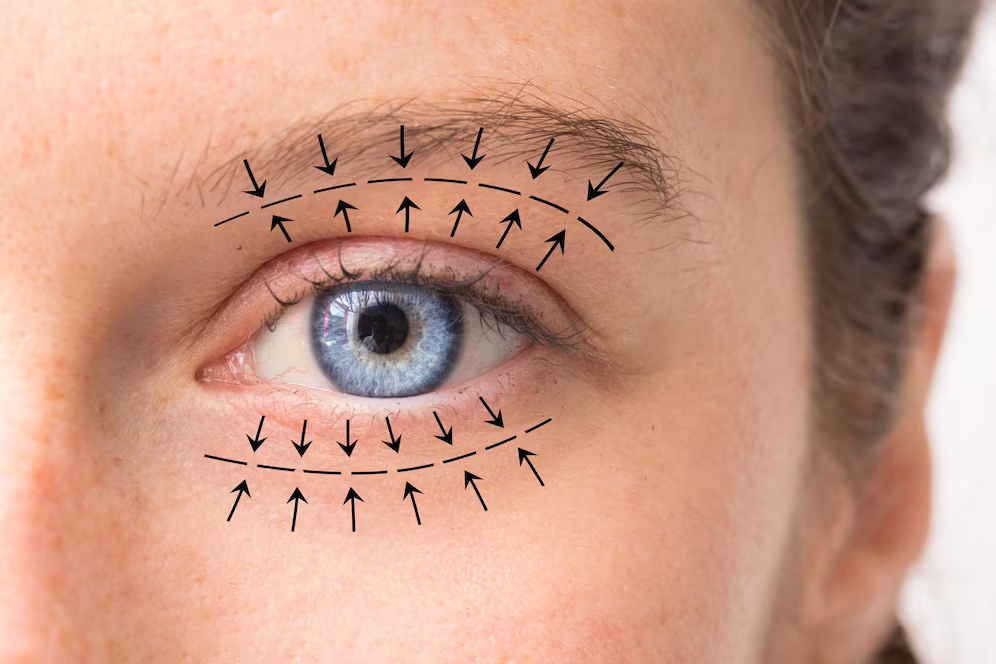
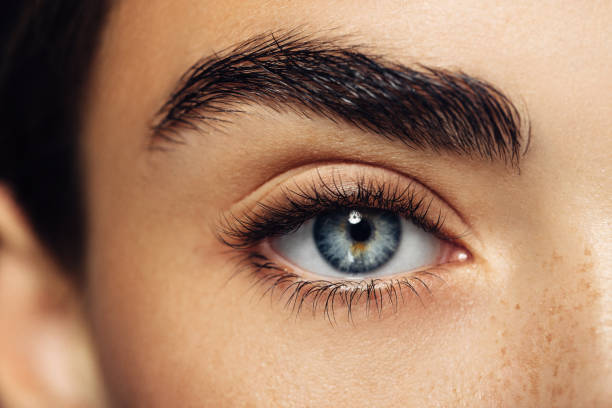
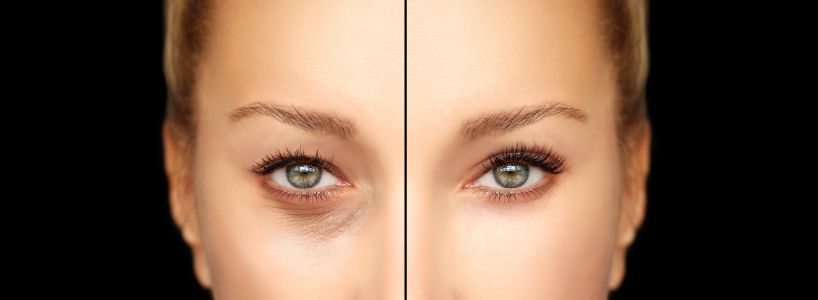
WHY CHOOSE DR. RAJA SROUR, MD, EYELID SURGERY?
- When selecting a surgeon for your blepharoplasty procedure, it’s important to choose someone with extensive experience and specialized expertise. Dr. Raja Srour is a board-certified Plastic surgeon, highly skilled in both cosmetic and reconstructive surgeries of the face
- With years of experience in performing blepharoplasty, Dr. Srour is known for delivering personalized and compassionate care. She utilizes advanced techniques and the latest technology to achieve optimal results for her patients.
- If you're considering blepharoplasty to enhance your appearance and improve your well-being, Raja Srour MD Facial Plastic Surgery is here to assist you. With Dr. Srour’s expertise, you can feel confident in receiving high-quality care tailored to your needs.
The Ideal Eyes is a Natural-Looking Eyes
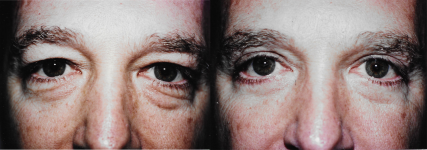

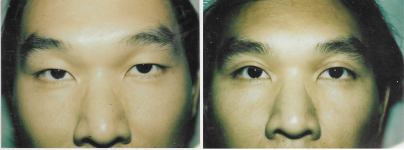




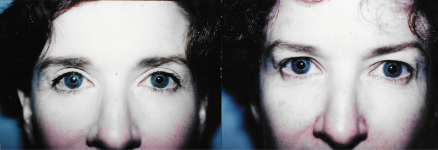

Free Consultation Request Form
Important notice: We will NOT share your email addresses and other personal information with any companies.
By entering your name, email and telephone number and clicking the “Submit” button above you hereby consent to receiving telephonic, sms text, email communication.
We accept the following payment:
- Out of town Patients came from anywhere in the world predominant our patients for tubal reversal procedure came from USA and Canada. [For more info click here]

Financing
Candidates for Eyelid Surgery
YOUR CUSTOM EYE SURGERY: A YOUNGER-LOOKING YOU. Blepharoplasty, commonly called eyelid surgery, is a cosmetic procedure that adjusts the shape of the eyelids and restores a bright, youthful eye appearance. You may be considering eyelid surgery to address saggy, droopy eyelids, or heavy bags beneath your eyes. The procedure involves removing excess saggy skin with an incision made in the eyelid fold. For results that appear natural and refreshed, not wide-eyed, this surgery requires a highly skilled surgeon.
How should I prepare for surgery?
- Stop smoking cigarettes 4 weeks before surgery.
- Stop chewing tobacco 4 weeks before surgery
- No alcohol 24 hours before surgery.
- Stop all anti-aging products around the eyes (Retin-A/tretinoin) 1 week before surgery
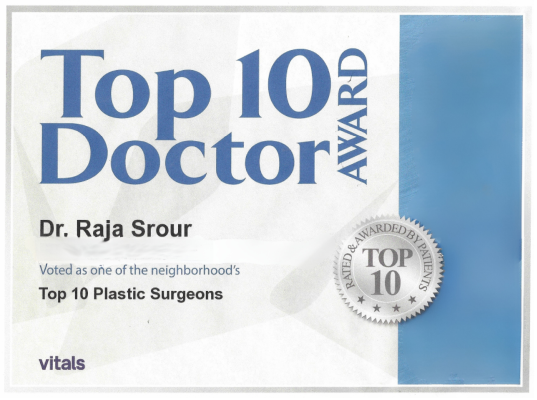
What are my post-operative instructions?
General guidelines:
- If you have IV anesthesia you will need someone to drive you home after surgery and help you at home for 1 day
- Get plenty of rest.
Follow a balanced diet.
- Exercising less may lead to constipation, so you may want to add raw fruit to your diet, and drink more fluids.
- Even when not taking pain medications, avoid alcohol for 3 weeks after surgery. Alcohol causes fluid to build-up in your body.
- Do not smoke. Smoking delays healing and increases the risk of complications.
Medications:
- Tylenol ® (acetaminophen) may be enough for your pain.
- Do not take aspirin or any products containing aspirin, unless approved by your surgeon.
We are the different we care about our patients we will provide FREE supplies after Eyelid Surgery for our patients
- Ophthalmic (eye) antibiotic ointment will provide FREE after Eyelid surgery
- Special Surgical tape.
- Hydrogen Peroxide 3%
- Tylenol® supply for first couple of day will provide to you FREE
- Special one pair of ice-cold glasses will be provided to you FREE after completion of Surgery
What should I expect the eyelid to look like?
- The morning of the second day will show the most swelling and discoloration. It is not unusual for one eye to be more swollen or discolored than the other is.
- The following are all normal concerns and will go away with full healing:
- Watery eyes
- Burning
- Tightness
- Itching
- Tingling
- Puffiness
- Red and bumpy incision lines
- A slight amount of bloody drainage from the incision is normal. If you have fresh, red blood that saturates more than one gauze dressing pad every 10- 20 minutes, please contact our clinic.
- If you have non-dissolvable sutures they will be removed in 5-10 days
- Dissolvable sutures dissolve anywhere in the span of 10 days to 3 weeks
What should my activity level be?
- It is recement to start walking as soon as possible. This helps reduce swelling, lowers the chance of blood clots and pneumonia and lowers the risk of constipation.
In general, it is okay to return to work in 5-7 days, though please follow any individualized restrictions that your surgeon discusses with you
- Avoid the following for 7 days after surgery:
- Lifting heavy objects (over 10 pounds)
- Bending at the waist
- Avoid activities that raise your blood pressure, such as vigorous sports that can cause overheating for 2 weeks.
- Avoid swimming, hot tubs, and saunas for 3 weeks
Other instructions for 24-48 hours after surgery:
- You may shower 24 hours after surgery. (Incision may get wet in the shower but do not constantly have the shower water run directly on the incision.)
- Blot dry the incisions after your shower. Do not wipe. (As the incisions are healing, they can be accidentally opened.)
- Use warm water only.
- Keep your head elevated with 2-3 pillows while sleeping for the first 2 nights after surgery. You may want to sleep in a recliner.
- Use ice packs the first 48 hours after surgery to decrease swelling
- Do not use any essential oils on incision.
Other instructions for 3-7 days after surgery:
- Clean the upper eyelid incision with half peroxide and half water three times per day for 3 days and then switch to soap and water. Do not get solution in the eye.
- After each cleaning, please apply the ophthalmic (eye) antibiotic ointment) to the upper and lower eye lid incisions to help soften crusts for 6 days
- Keep incisions open to air.
Other instructions for 2 weeks-1 year after surgery:
- Avoid wearing contact lens for 2 weeks after surgery.
- You may use make-up and sunblock after 3 weeks once the incision is totally closed, healed and pink.
- You may use anti-aging products around the eyes1 month after surgery.
- Do not use any essential oils on incision.
- Avoid exposing scars to sun for at least 6 months.
- Always use a strong sunblock if sun exposure is unavoidable. (SPF 50 or greater).
What follow-up care will I receive?
- Follow-up visits will be scheduled for you Free of charge.
When should I call my doctor?
Call you doctor if you notice any of the symptoms below:
- Increased swelling or bruising.
- Worsening swelling and redness that persist after a few days.
- Increased redness along the incision.
- Severe or increased pain not relieved by medication.
- Any side effects to medications including:
- Rash
- Nausea
- Headache
- Oral temperature over 101 degrees.
- Vomiting
- Diarrhea
- Yellowish or greenish liquid from the incisions or notice a foul odor.
- Bleeding from the incisions that is difficult to control with light pressure.
- Loss of feeling or motion.
In the event of life-threatening bleeding, call 911 or go to the emergency department.
Disclaimer : This document contains information and/or instructional materials for informational purpose only. It does not replace medical advice from your health care provider because your experience may differ from that of the typical patient. Talk to your surgeon if you have any questions about this document, your condition or your treatment plan.
Cosmetic Eyelid Surgery - FAQ
Following are some common questions asked by patients considering Blepharoplasty PROCDERE
What to expect at a surgery consultation?
Patients can expect to provide a detailed health history to their surgeon during the consultation. “I ask about their current complaints and also like to discuss their other medical problems, prior surgery, and family history,” clarifies our doctors.
How long is the Eyelid Surgery procedure?
Eyelid Surgery will take between one and two hours to complete. The length of time will depend on the extent of correction required.
When can I return to work after my Eyelid Surgery?
Patients generally feel well enough to return to work or school between seven and ten days after surgery. By this time, the majority of bruising and swelling will have diminished.
Is Eyelid Surgery painful?
While the surgery is generally painless, you might experience some swelling and bruising afterward. Most people feel comfortable going out in public within 10 to 14 days, though full recovery can take a few months. During your blepharoplasty recovery, using cold compresses and antibiotic ointment can help reduce swelling.
Will scarring be noticeable?
Due to the sensitive nature of the skin on your eyelids, it typically heals more quickly and efficiently compared to other parts of the body. Once the incisions from upper blepharoplasty have fully healed, any scars will generally be subtle and only noticeable to those who are specifically looking for them, and even then, primarily when your eyes are closed
How long will results last?
The duration of results can differ among patients, but typically, the effects of upper eyelid surgery last around 5 to 7 years, while the results of lower eyelid surgery are generally permanent. For upper eyelids, it’s common for the skin to start sagging again after several years.
Am i a good candidate for Eyelid Surgery?
You might be a good candidate for eyelid lift surgery if you have sagging or drooping eyelid skin that could also affect your vision, or if you experience puffiness, bags, or dark circles under your eyes. Additionally, if your eyes show signs of aging (note: drooping can be genetic and may happen in younger individuals), you may benefit from this procedure.
How long does it take to recover from eyelid surgery?
Eyelid surgery, also known as blepharoplasty, generally requires about 10 to 14 days for recovery before you feel comfortable going out in public, though complete healing can take several months. Here’s what to expect during the recovery process:
- Swelling and Bruising: Your eyelids may be swollen and bruised for 1 to 3 weeks.
- Scars: Scars from the surgical incisions can take months to fade.
- Redness: Any visible redness typically takes about six months to fully diminish.
- Stitches: If your incisions were closed with removable stitches, they will be removed within 5 to 10 days.
To help expedite your recovery, consider the following tips:
- Follow your doctor’s instructions for cleaning and caring for your eyes.
- Use cold compresses and antibiotic ointment to reduce swelling.
- Rest your eyes as much as possible.
- Avoid activities that may cause dry eyes, such as reading or watching TV.
- Have someone stay with you for at least the first 24 to 72 hours.
- Avoid lifting anything over 10 pounds.
Tips to Speed Up Recovery After Eyelid Surgery
- Plan for sufficient recovery time and make arrangements in advance, like pre-cooking meals, stocking the pantry, filling prescriptions, and arranging childcare if needed.
- Apply ice packs to your eyes as directed to help reduce swelling.
- Follow instructions for using prescription ointment to promote proper healing.
- Take any additional prescribed medications or eye drops on schedule..
- Wear sunglasses for a couple of weeks to protect your eyes from light, dust, and wind, as your eyes may be more sensitive.
- Take gentle, short walks to maintain circulation.
- Rest your eyes with regular naps, as they may tire more easily for a few weeks.
- Avoid wearing contact lenses for approximately two weeks or until your surgeon gives the okay.
- Refrain from wearing eye makeup or applying any non-prescribed products on your eyes for at least two weeks.
- Minimize eye strain during the first week by avoiding activities like reading, computer use, and watching TV—try listening to audiobooks or podcasts instead.
- Sleep as upright as possible, perhaps with pillows or in a recliner, to reduce swelling and fluid buildup.
- Avoid strenuous activities, including heavy lifting or vigorous exercise, for at least two weeks or until cleared by your surgeon
- Protect your eyes from UV radiation with sunglasses with UV 400 for 2 to 4 weeks.
Am I a candidate for upper blepharoplasty?
If you are experiencing any of the following conditions, you may be a good candidate for this customized surgical procedure:
- Hooded eyes
- Sagging eyelid skin
- You look tired, even when well rested
- Difficulty applying cosmetics due to excess eyelid skin
- Puffy upper eyelids
- Impaired peripheral vision due to sagging skin
Am I a candidate for lower blepharoplasty?
If you are living with any of the following aesthetic conditions on your lower eyelid region, you are likely an excellent candidate for lower eyelid surgery:
- Excessive wrinkling at the lower eyelids
- Bulges or under-eye bags
- Asymmetrical lower eyelids
- Dark circles
- Festoons (swollen mounds between lower lids and upper cheeks)
Client Testimonials
Hear What Our Clients Have to Say About Us
I’m very pleased with my eyelid result!
Dr. Srour is BEST cosmetic surgeon in Beverly Hills. His 30 years of experience has an eye for perfection did a great job for me. I feel more confident, prettier, younger looking and I’m definitely quite pleased with my results. I highly recommend Dr Srour. 5 stars!
Joy
Love my results I got eyelid surgery here and as an caucasian woman I was nervous but doctor gave me exactly what I wanted! It’s so natural and beautiful
Emma
Dr. Srour is a great plastic surgeon. I was debating getting blepharoplasty for at least the 6 years. I researched all over the place and had a few consultations with high end doctors. I set up an appointment and was immediately at ease with him. I am very happy with result.
Nataly
I had my eyelid surgery, a 3 months ago and everything from the consultation to the surgery went smoothly—no complaints at all! On the day of the procedure and afterward, I felt completely at ease. His staff was incredible too. I’ll definitely be returning for other procedures in the future! I am so happy I done it .
Nelly
Thank you for your team’s hard work and the wonderful job you did for my Blepharoplasty. It looks great and is recovering so quickly. Your professionalism and great staff really made the experience so much better. Thank you again for the wonderful job you done.
Jeniffer

